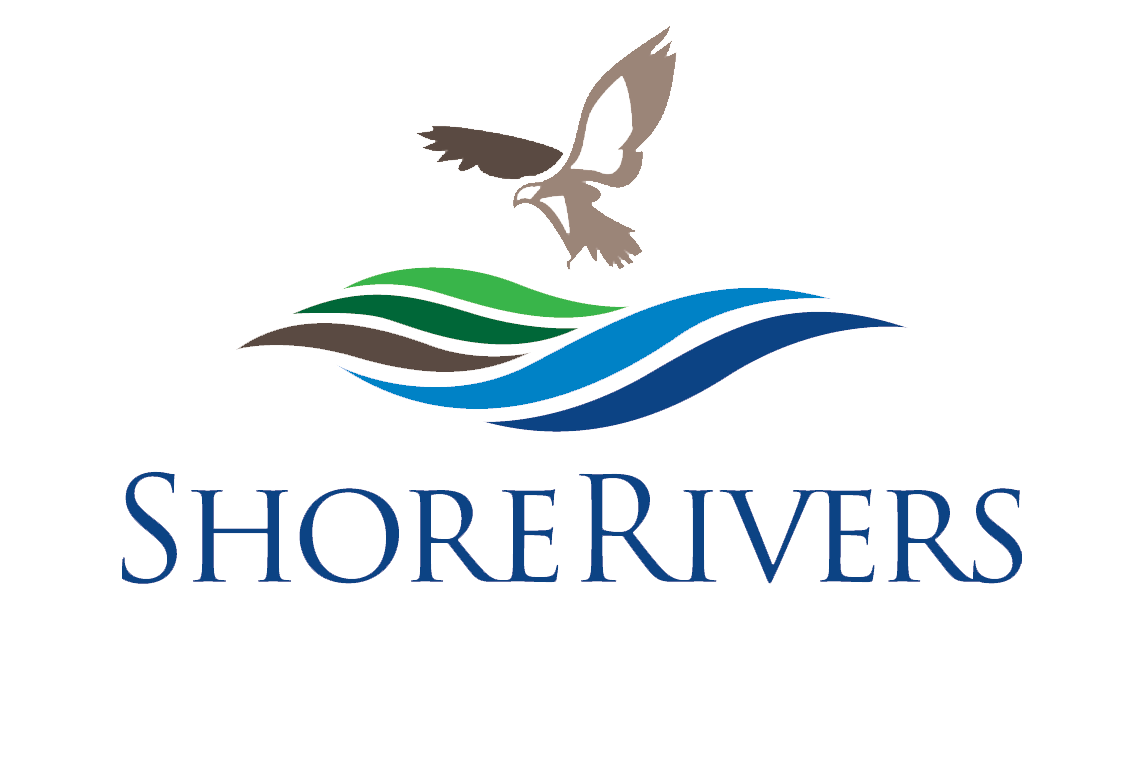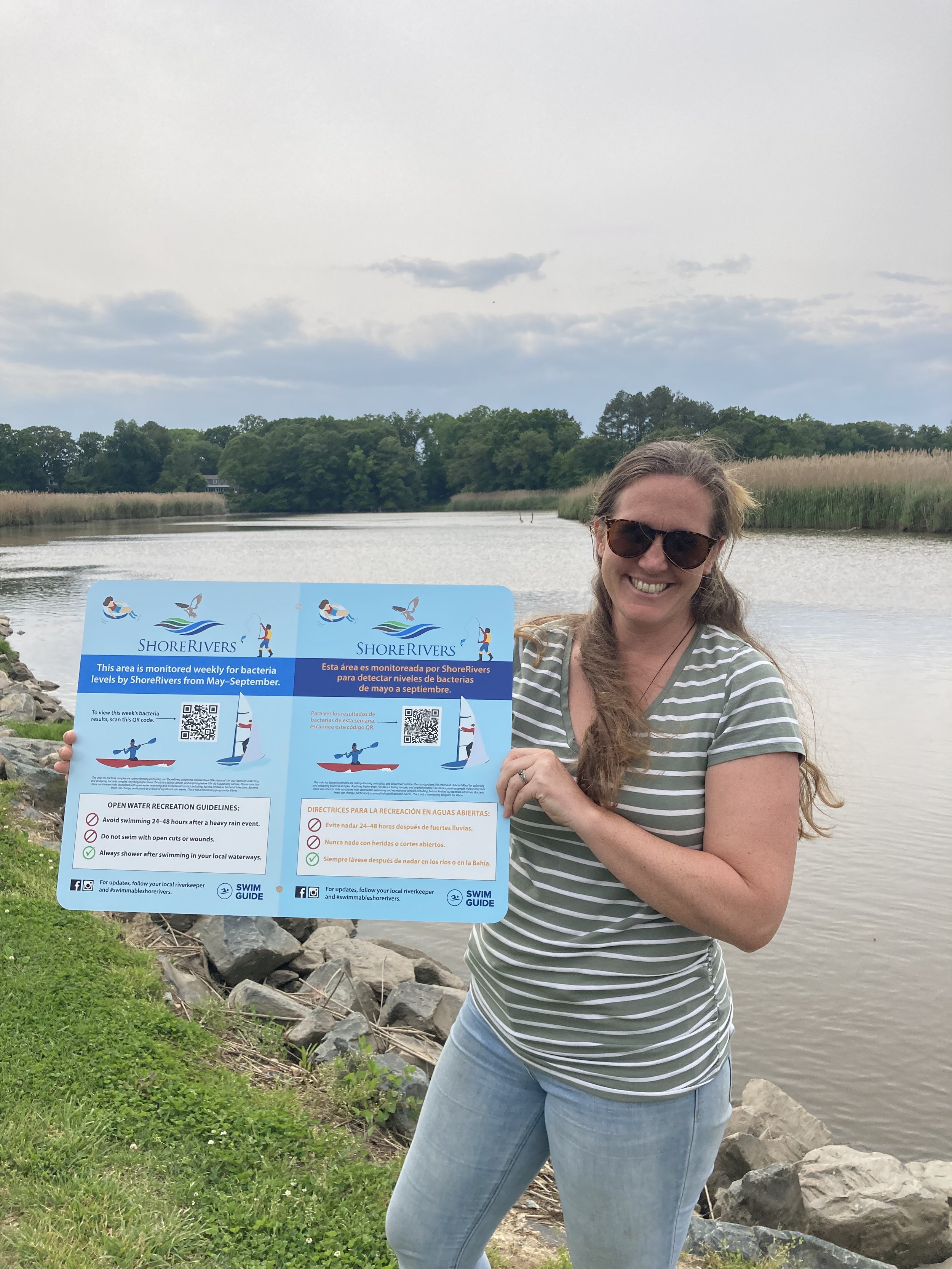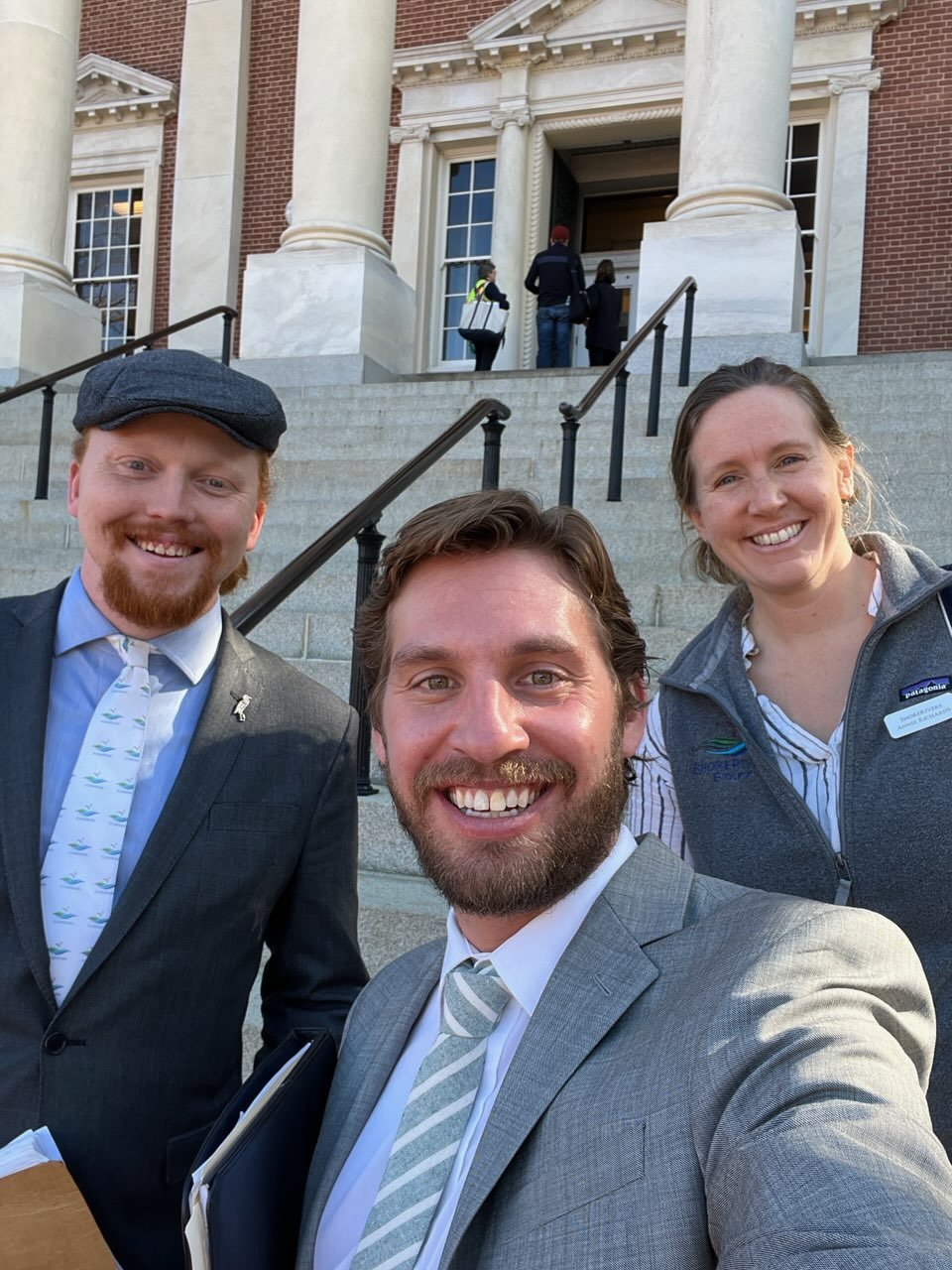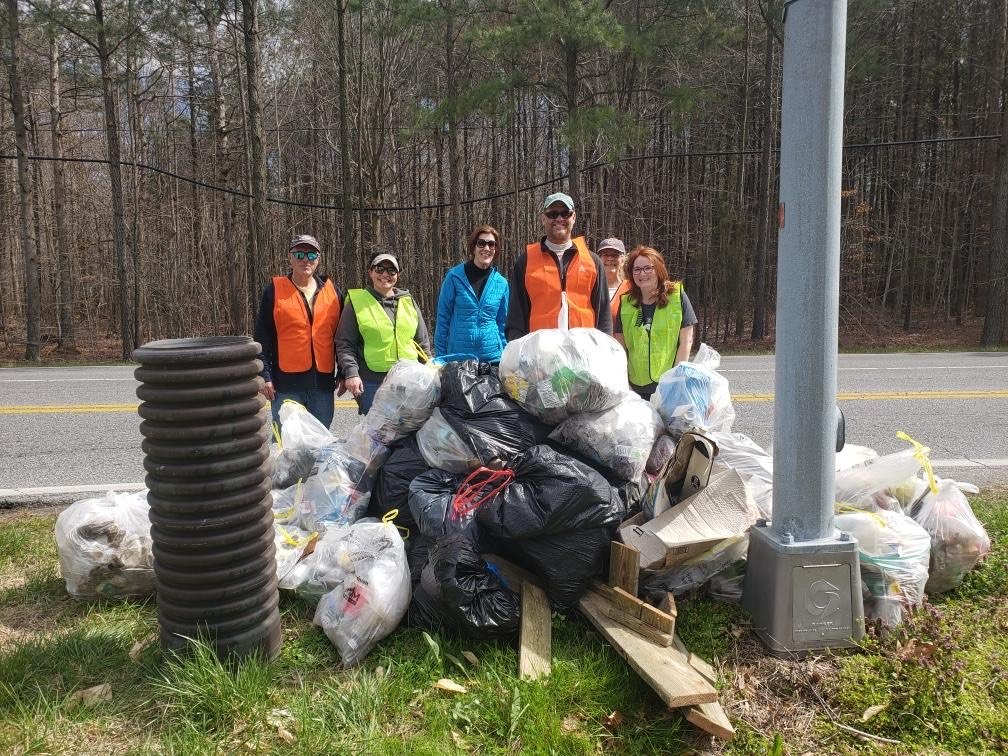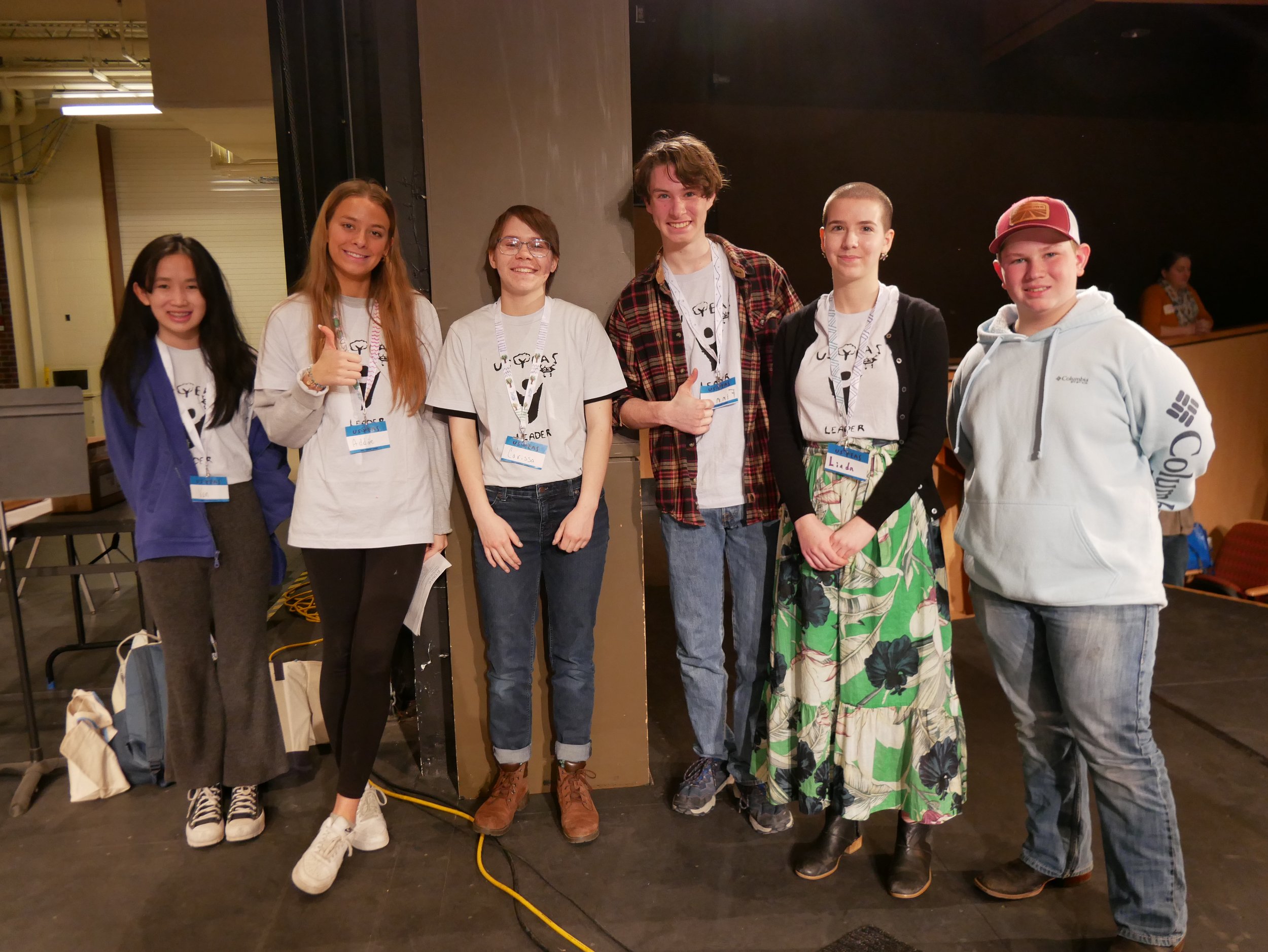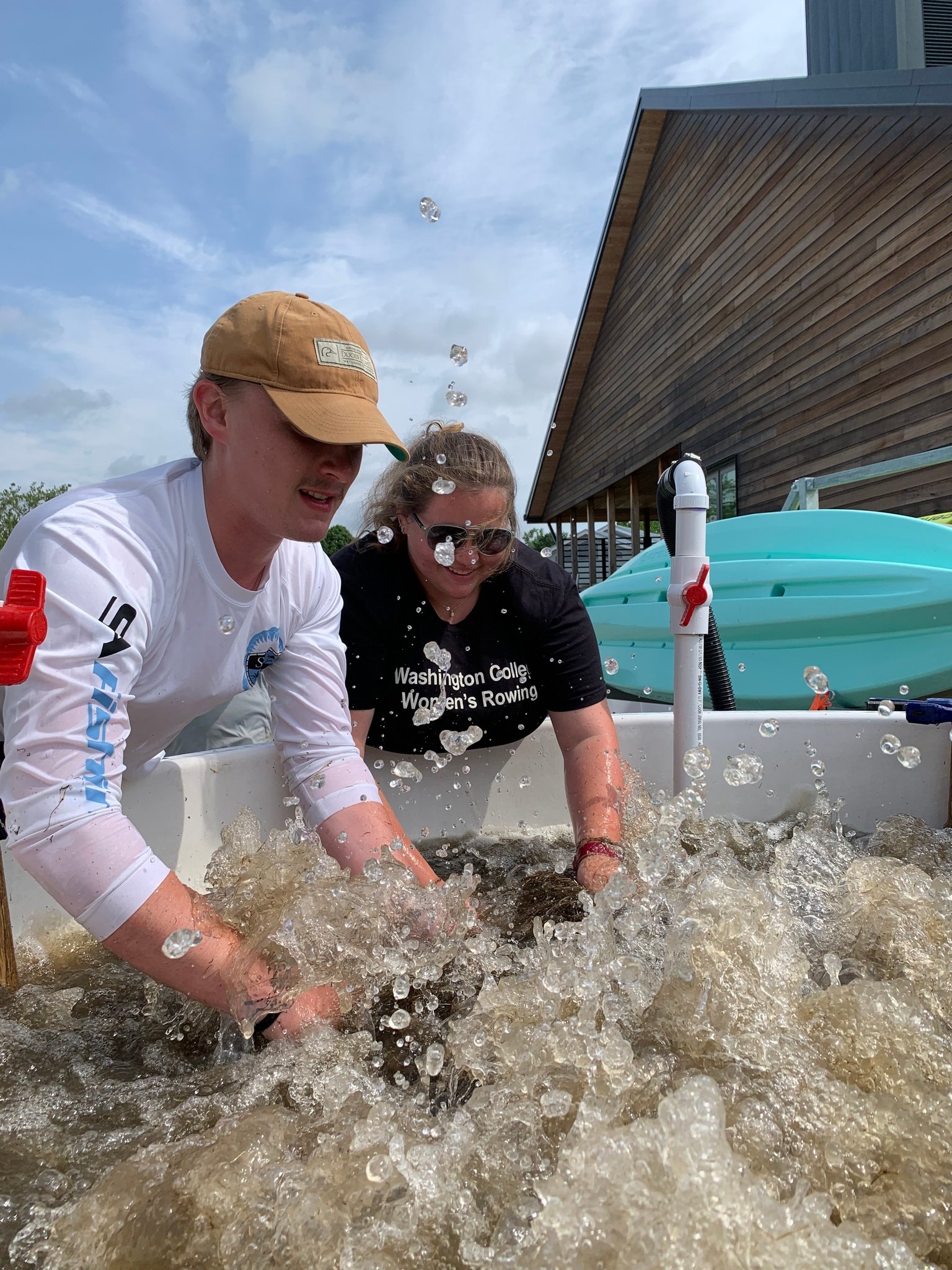Maryland Department of the Environment (MDE)
1. Recommended Action: Per House Bill 649: Discharge Permits—Inspections and Administrative Continuations, significantly increase staffing and resources for the water quality permitting and enforcement divisions at MDE. Re-distribute these resources more equitably across the Eastern Shore through the addition of more field offices for enforcement staff.
The current culture and shortage of staff at MDE are resulting in the issuance of permits that do not adequately protect water quality and in lackadaisical enforcement actions, resulting in pollution entering our waterways.
Increase Staffing: Staffing shortages in the agency, and on the Eastern Shore in particular, prevent timely and adequate responses to reports of stormwater violations at construction sites, tidal and non-tidal wetland violations, and discharge violations. ShoreRivers regularly submits violations reports to MDE enforcement offices on the Eastern Shore only to be told that staffing is down and responses will be issued as priorities allow. Such lack of response to pollution violations disproportionately impacts underserved communities within our watersheds due to their residential proximity to wastewater treatment plant outfalls, factories and processing plants, toxic contaminant discharges, and low-lying areas. We are concerned that this problem will worsen with the closing of the MDE compliance office in Cambridge, making it harder for the agency to adequately respond to violations in the upper and middle Eastern Shore.
Cultivate a Culture of Enforcement: Enforcement of NPDES and groundwater discharge permits has also weakened over the years, resulting in facilities being allowed to discharging above their permit limits. A prime example of this is the Valley Proteins rendering plant in Dorchester County, which is operating on a discharge permit that expired in 2006. The facility has been in significant non-compliance with their expired permit limits for the past several years, and it took ShoreRivers’ exposure of their illegal discharges to pressure MDE to enforce penalties for the violations. Facilities operating on expired discharge permits should be given a high level of oversight and enforcement to ensure that violations to the outdated permit limits are addressed and don’t cause an even greater pollution problem.
Develop Adequate Permits in the First Round: Poorly developed draft permits have recently sparked widespread opposition from the communities they impact, including the draft NPDES permits for the Lakeside at Trappe, AquaCon salmon factory, and Valley Proteins. MDE issued a draft permit to Lakeside at Trappe authorizing the discharge of up to 1.5 million gallons per day through spray irrigation only for a judge to remand the permit back to MDE for not including a full package of documents with the permit. After a new comment period with thousands of comments opposing the issuance of the permit, MDE issued a Final Determination granting the discharge of 100,000 gallons per day—a fraction of the proposed draft permit. Similarly, MDE drafted a discharge permit for AquaCon with a discharge of 1.2 million gallons per day into a stream that includes the last known remaining spawning grounds for the endangered Atlantic Sturgeon. Again, after wide-spread opposition to the destruction of the sturgeon habitat, the department reversed their proposal. And finally, MDE has proposed in a draft permit for the Valley Proteins rendering facility a four-fold increase in the volume of pollution the facility can discharge despite its consistent violations of the expired discharge permit under which it currently operates. In all of these cases, considerable time and energy would have been saved if MDE had a culture of enforcement and protection, and had produced quality draft permits.
2. Recommended Action: Through administrative action, update the state’s Guidelines for Land Application/Reuse of Treated Municipal Wastewaters (2010) to reflect the provision in state law that requires 100% of the nitrogen and phosphorus in treated effluent be taken up by vegetation. MD Env Code § 9-1110.
3. Recommended Action: Update the Groundwater Discharge Permitting program so that it is regulated under the federal Clean Water Act National Pollutant Discharge Elimination System (NPDES) program.
Local counties and MDE are turning to the use of spray irrigation on cropland as a means of wastewater disposal. Spray irrigation is regulated under a state permit known as the Groundwater Discharge Permit, and it is based on the inaccurate belief that wastewater sprayed onto fields is 100% absorbed by crops, with “zero discharge” into groundwater or surface water. In fact, spray irrigation does result in excess nutrients entering our waters. Additionally, Groundwater Discharge Permits often lack the conditions required to comply with the standard of “zero discharge,” such as daily, weekly, and seasonal application rates; adequate wastewaters storage when it cannot be safely applied; and consideration of future weather patterns. This oversight is due, in part, to the fact that the state's Guidelines for Land Application/Reuse of Treated Municipal Wastewaters (2010) does not include the legal requirements established in 2012 (codified at MD Env Code § 9-1110) that 100% of the nitrogen and phosphorus in treated effluent be taken up by vegetation. That law was specifically written to ensure that wastewater facilities would produce no groundwater or surface water pollution, something that the older 2010 guidelines were not written to achieve. Thus, any permit written to the 2010 guidelines, instead of the 2012 law, are both unlawful and incapable of adequately protecting Maryland waters.
4. Recommended Action: Add a citizen suit provision in state law that applies, at least, to state water quality permits and the provisions of the state Water Pollution Control statute to give Marylanders the same rights in state court that they hold under the citizens' suit provision for federal Clean Water Act NPDES permits.
As described above, MDE issues groundwater discharge permits with no acknowledgement of the pollution load they contribute to state waters, and claims that the Bay Total Maximum Daily Load does not apply to these permits. This is a legal fiction contradicted by the best available science and the Chesapeake Bay Model, which documents that groundwater pollution migrates to the nearest surface water, carrying pollution with it. Moreover, according to a review of MDE inspection data by Chesapeake Legal Alliance in the first half of 2020, 54% of the Eastern Shore facilities—58 out of 108—that hold groundwater discharge permits and were inspected were in noncompliance or required corrective action. But, because Maryland’s Groundwater Discharge Permit is a state permit rather than a federal NPDES permit, it lacks a state “citizen suit” provision that allows the public to bring an enforcement action against the violator, leaving enforcement entirely up to the under-resourced compliance division at MDE. An addition of public enforcement rights and expansion of environmental standing were introduced in 2009 by HB 1053 (Delegate McIntosh) and SB 824 (Senator Frosh) and the passage of a similar bill would address this critical problem.
Agriculture
Agriculture comprises 60% of the land that drains into Eastern Shore rivers, and it is also the largest contributor of excess nutrients and sediments to local waterways. Agriculture is recognized as the sector that needs to achieve the largest amount of nutrient and sediment reductions in order to meet pollution reduction goals. However, implementation of nutrient-reducing practices is slow as the state relies almost entirely on voluntary adoption of practices. The dominant farming practices on the Eastern Shore include large-scale, row crop grain and poultry production, which is fueled by the industrial-scale use of synthetic fertilizers and the need to safely manage large quantities of poultry manure.
1. Recommended Action: Incorporate protections in the Phosphorus Management Tool regulation that prevent new pollution hotspots of phosphorus-saturated fields from being created on the upper and middle Eastern Shore.
Management of poultry manure has been a significant challenge for the industry and led to the development of the Phosphorus Management Tool as a means of regulating the use of poultry manure in fields that, through soil testing, show an oversaturation of phosphorus. As a result, counties with high levels of soil phosphorus (Somerset, Wicomico, and Worcester) need to move poultry manure out, and counties with lower levels purchase it for fertilizer (Cecil, Kent, and Queen Anne's). The Maryland Department of Agriculture (MDA) confirms this movement of phosphorus through the state’s manure transport program, sharing data showing that phosphorus levels in the lower shore are decreasing while phosphorus levels in the upper shore are increasing. Protections must be put in place to actually reduce the number of fields with phosphorus-saturated soils, not simply move them around the Eastern Shore.
2. Recommended Action: Reduce barriers and create pathways for non-state organizations to use federal funding to assist with accelerating best management practice implementation.
In the agricultural sector, pollution-reducing best management practices are implemented on a voluntary basis using incentives through the Maryland Agricultural Cost-Share program, where the cost of implementing practices can be covered 87.5–100% by the state. The state should maintain 100% funding for this program and for the conservation district staff and resources that administer it.
ShoreRivers has developed a proven model bringing state and federal grants to complement these state cost-share resources in order to fully pay farmers to implement practices. A significant limiting factor is obtaining these grant funds quickly enough to meet the demand. The process is cumbersome and time consuming, limiting the total number of landowners we are able to work with. With a significant federal investment through the Farm Bill and a historic amount of surplus in the state budget, streamlining agriculturally earmarked funding to non-government organizations like ShoreRivers could significantly accelerate the outreach and technical assistance needed to put practices in the ground.
3. Recommended Action: Require, through administrative action, that the nutrient management plan for a farm applying industrial sludge material as a soil amendment be on file under the NPDES permit issued by MDE for the facility that generated the material.
Reusing solid waste material generated at an organic processing facility as a nutrient source on farms must be highly monitored. Sludge material is generated by a facility operating under a NPDES permit managed by MDE, but the use of sludge material as a soil conditioner is regulated by a farm’s nutrient management plan, which is managed by MDA with complete lack of transparency as to how safely the material is being used.
MDA identifies the use of sludge material as one of their greatest challenges, citing foul odors, water pollution, and pest infestations that result in outcries by neighboring communities and damage to local waterways. In our experience on the Eastern Shore, the use of organic sludge material as a soil conditioner is rare. Instead, financial incentives make it more lucrative to haul and dispose of the material. NPDES-permitted processing facilities pay hauling companies to dispose of sludge, creating an incentive for those companies to accept as much material as they can and dispose of it cheaply. This often results in hauling companies purchasing land outright or leasing land from farmers in order to dispose of large quantities of sludge material.
The NPDES permitting program sets limits for all pollution waste streams discharged by a facility except for industrial sludge. And while compliance with a NPDES permit is monitored through monthly reporting, the disposal of sludge material lacks this same level of transparency as individual nutrient management plans that currently regulate sludge application are not part of the public record. Requiring greater transparency of the nutrient management plans from farms applying sludge material will create better accountability to ensure the nutrients are being used safely as a soil amendment and are not polluting groundwater and surface waters.
4. Recommended Action: Incentivize curriculum at local community colleges that prepares students for positions at local Soil Conservation Districts and at the Natural Resource Conservation Service.
Maryland Soil Conservation Districts and the Natural Resource Conservation Service provide invaluable services to farmers to help achieve clean water and air goals. However, these agencies are having difficulty finding candidates with adequate technical background to fill even entry level positions. Maryland community colleges, particularly those on the Eastern Shore, offer an opportunity to create a workforce to fill these positions. These colleges should work with local conservation districts to develop course work and training to fill this gap in technical support for farmers.
Coastal Development
Development pressure on the Eastern Shore has increased significantly in the wake of Covid-19. Rural communities and natural landscapes, comparatively lower housing prices, and proximity to major city centers have attracted more part-time and full-time residents, contributing to an unrivaled housing boom. The Eastern Shore’s low-lying waterfront and rural landscape supports sensitive habitats that aid in coastal resilience. Proper land use planning is essential in ensuring responsible development that will not harm or destroy these habitats or impair local water quality.
1. Recommended Action: Update the Maryland Stormwater Design Manual (2009) to include the most recent precipitation data available.
Sea level rise, more intense storms, and increased pollution loads are important factors to consider in development. Municipalities must prioritize infill over new development, as well as green space conversion and conservation. Site design and stormwater best management practices should account for a greater volume of precipitation, and green infrastructure should be aggressively implemented to slow and treat runoff from impervious surfaces and farm fields to minimize the negative impacts of more intense precipitation events.
2. Recommended Action: Establish state-wide policy mandating that future construction at locations in the Critical Area zoned as Intensely Developed Areas be restricted to government and emergency services.
The critical area is the first line of protection along our waterways—development in this area should be prohibited in order to preserve habitats that naturally mitigate pollution and protect inland developed areas from a changing coastline. Land in the critical area zoned as Intensely Developed Areas should be used only for government and emergency services; otherwise, development in the Intensely Developed Areas of the critical area should be prohibited. The state should also require jurisdictions with delegated authority to submit yearly reports that include information on buffer management plan development, violations, stop-work orders, legal actions, and issued fines to ensure that local laws are being enforced.
3. Recommended Action: Reduce permitting barriers for installing living shorelines, bolster funding available to build living shorelines, and limit the use of waivers to the living shorelines provision in state law.
4. Recommended Action: Support legislative efforts—driven by data from a recent Hughes Center Report—that increase forest protections and mitigation requirements under the Forest Conservation Act.
As coastal marshes diminish and migrate inland due to inundation and erosion, they will lose their capacity to protect against flooding and storm surges. Increased risk of floods, failing septic systems in shallow water tables, and land subsidence will likely first impact underserved communities residing in low lying areas of our watershed. Protecting and preserving marshland, forested buffers, submerged aquatic vegetation beds, and wetlands will provide greater resiliency to all our coastal communities and filter polluted runoff before it reaches Eastern Shore waterways. The state should reduce barriers and increase incentives as much as possible for landowners to install living shorelines.
Septic Systems
1. Recommended Action: Support legislative efforts to require routine maintenance and inspections of septic systems, and create a comprehensive and public septic database, managed by MDE, that will provide transparent and credible data about the age and viability of septics in the state.
2. Recommended Action: Aggressively fund Maryland’s Bay Restoration Fund in order to connect more communities on septic to municipal systems and to offer more homeowners subsidized septic upgrades to Best Available Technology systems.
3. Recommended Action: Limit new sources of nitrogen by requiring Best Available Technology systems in new construction within 1,000 feet of any waterway (including non-tidal/blue line streams).
Many properties across the Eastern Shore are dependent on individual septic systems to treat their wastewater. Many of these systems are aging and failing, polluting local rivers and posing a threat to human health. ShoreRivers supports several efforts to update and properly maintain septic systems, including using Best Available Technology systems throughout the watershed, requiring routine maintenance, requiring a state license for installers and inspectors, creating a database of all septic systems and drinking water wells, allocating additional funds for septic repairs and upgrades, and increasing technical and financial resources for local health departments and environmental health programs.
Wherever possible, houses on septic systems should be connected to municipal wastewater. Existing wastewater capacity on the Eastern Shore should prioritize connecting existing communities utilizing septics, especially in low lying areas, before new developments receive allocations.
Bay Bridge Development
1. Recommended Action: Prioritize green spaces and stormwater management practices in planning for the new Bridge crossing. Properties acquired by the state via eminent domain parallel to bridge and highway infrastructure should be allocated as unprecedented tracks of open space for equitable public access, green stormwater solutions, and habitat protection.
A new Chesapeake crossing along corridor 7 to Kent Island, currently being evaluated by the Maryland Transportation Authority, will result in increased pollutants entering local rivers and the Chesapeake Bay. New development on the Eastern Shore along the expanded highway corridor will add pressure to our natural systems, including increased stormwater runoff, septic and sewage overflows, air emissions, and litter.
As the Bay Crossing study progresses and considers traffic staging and expanding existing infrastructure on either end of the new span, ShoreRivers will advocate for strong mitigation tactics for environmental impacts that may occur, including land preservation, shoreline restoration, addition of new public access sites, and implementation of green stormwater best management practices. Resiliency planning should impact decision making at the state and local level. State and local planners should focus on creating economic and employment opportunities on the Eastern Shore through mixed use development and enhancing existing town centers to alleviate the need to commute across the bridge.
